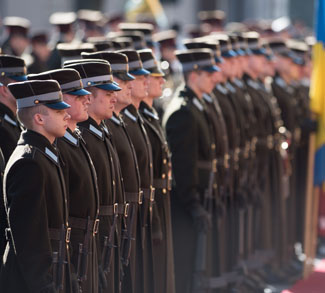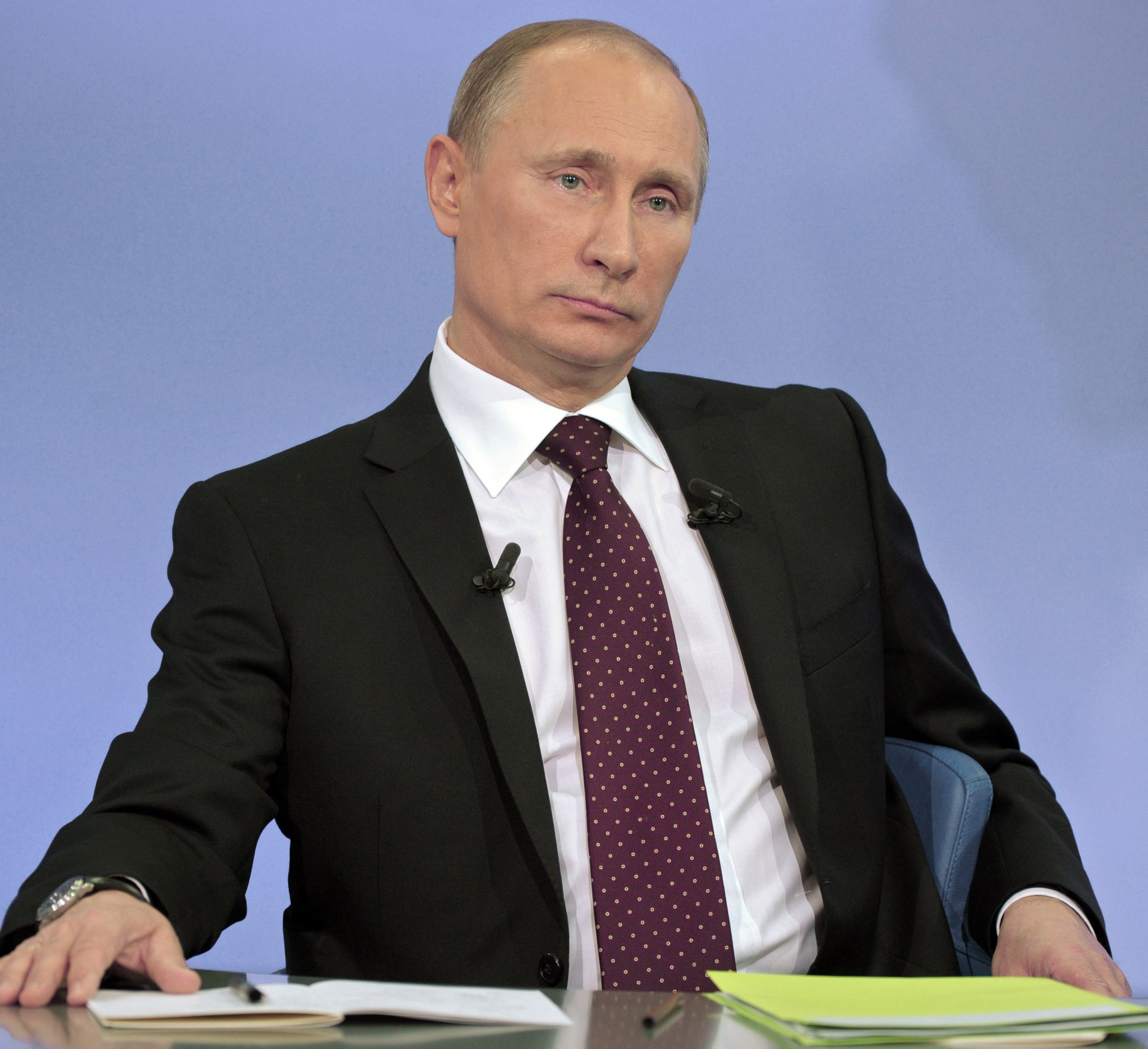Summary
About three years on since its inception, the conflict in Donbas is as far from resolution as ever. Moreover, slowly but surely it looks like it’s turning into something that could remain frozen for years, similar to the situation with the partition of Cyprus or in other parts of the former Soviet Union such as Abkhazia in Georgia and Transnistria in Moldova. There is even a feeling of getting used to, if not resigning, to that fact, even though calls for action and pro-peace rhetoric from all sides never stops.
Indeed, all this is occurring despite ongoing international efforts to resolve the conflict diplomatically. In recent weeks, such efforts have only become more active. Their latest highlight is a May 10 meeting of Russian Foreign Minister Sergei Lavrov with US President Donald Trump in Washington, and a subsequent — although less conspicuous — meeting there, also with President Trump, with Ukrainian Foreign Minister Pavlo Klimkin. However, the increased diplomatic activity is relative, as it is compared to a certain lull in such contacts during the winter-2017 period, and has yet to bear any helpful fruit. Meanwhile, the situation on the ground offers little optimism and shows signs of working towards perpetuation of the conflict rather than its settlement.
Background
Fighting along the frontline. The ceasefire regime installed by the Minsk February 2015 agreement (Minsk II) across the frontline, dividing the Ukrainian army and Russia-backed separatists from the two self-proclaimed ‘republics,’ is generally maintained but remains very fragile. It is locally violated on an almost daily basis, and fails to prevent larger-scale escalations — as it happened in late January near the town of Avdiivka, which saw the outbreak in fighting comparable to pre-Minsk II levels. Following the Avdiivka escalation, tensions have subsided but sporadic shelling and exchanges of fire across the frontline continue.




